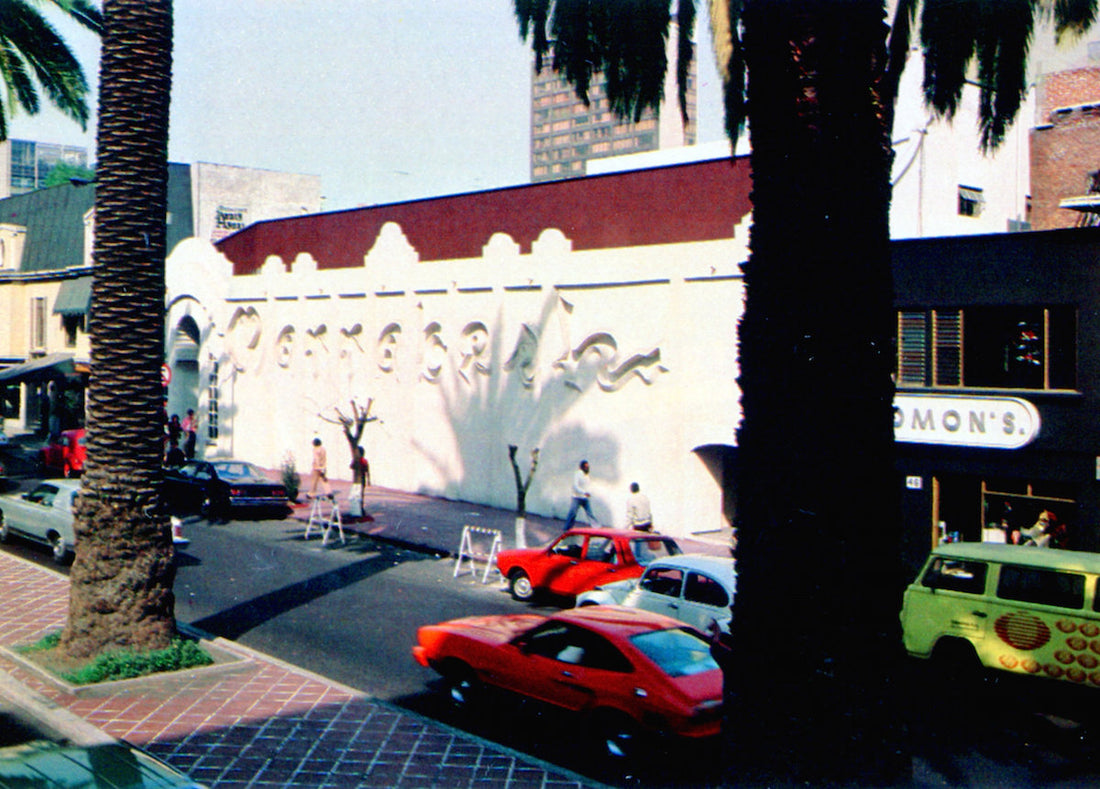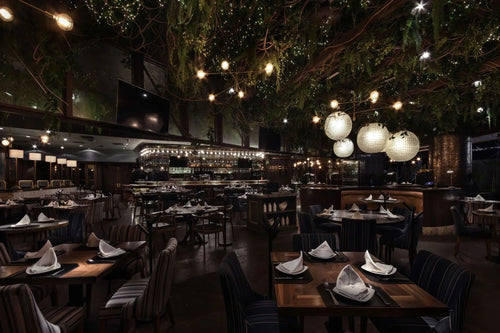Places that no longer exist / Marrakech: "the place"
Zona Rosa, as Vicente Leñero said, is "too timid to be red and too bold to be white." In that contrast, the Marrakech Complex painted Calle Florencia with vibrant colors during the 1970s and 1980s.

By: Youyi Mayora Eng
Photos courtesy of: La Ciudad de México en el tiempo.
Why is it called Zona Rosa?
We don't know exactly the origin of the name "Zona Rosa" for the section of Colonia Juárez. The most accepted version refers to the phrase mentioned earlier by Leñero, although others attribute it to Carlos Fuentes' "La Región Más Transparente," where he mentions that some mansions were painted pink. We may never know, and sometimes, uncertainty is the fuel for charm and magic. What we do know is that during the years marked by the 1968 Olympics and the 1970 World Cup, Zona Rosa was already a place where nightlife began to undergo changes that would leave behind the bohemian, artistic, and intellectual atmosphere that characterized it two decades earlier.

Nightclubs of the 1970s
The Marrakech Complex on Calle Florencia became a landmark in the late 1970s and 1980s. Imagine it was actually four venues in one: Casablanca, Madelón, Valentinos, and Moroco. A complete package of four Ds: fun, diversity, enjoyment, and destination. It offered what the customer asked for, what the customer desired, what the customer dreamed of. Whether a night of cabaret, drinks while listening to Nelson Ned or laughing at the antics of "El Loco" Valdéz, seeing "La Carabina de Ambrosio" in person, and why not, indulging in the dancers upstairs, or dancing until the early hours in the disco section. The Marrakech Complex was all that and a few surprises each night, remembered only through the whispers of the past. This might explain its nickname "The Place," because it truly was that—everything, always.

Today, Zona Rosa finds itself in a state of identity crisis or a mutating process that has turned it into something the locals no longer fully understand. Now we could speak of many "Zonas Rosas": one for the Korean community offering the best of their cuisine, another for the LGBT+ community that coexists and resists, and one filled with memories and nostalgia for a glorious past that still, through sighs, brings us back to a new version of Leñero's phrase, painting scenes too timid to be red and scents too bold to be white.


